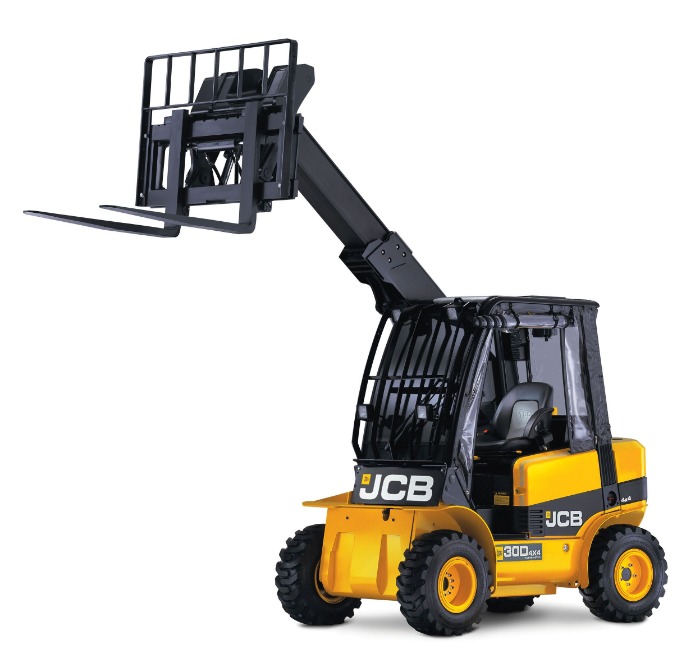Master the Art of Telehandlers: Comprehensive Telehandler Training Guide
In the dynamic world of construction and material handling, mastering the use of a telehandler is crucial. Telehandlers, also known as telescopic handlers, are versatile lifting machines that can perform various tasks, from lifting heavy loads to placing materials at height. However, operating this powerful equipment requires proper telehandler training to ensure safety and efficiency.
Why Telehandler Training is Essential
A telehandler combines the functionality of a forklift, crane, and work platform, making it indispensable on many job sites. However, improper operation can lead to accidents, equipment damage, or even fatalities. Thus, telehandler training becomes a critical component for anyone looking to operate these machines. Here are key reasons why training is essential:
1. Ensuring Safety
Telehandler training programs teach operators about safety protocols, load limits, and the correct way to handle the machine under various conditions. This knowledge significantly reduces the risk of workplace accidents.
2. Enhancing Efficiency
Trained operators can handle telehandlers more efficiently, reducing downtime and increasing overall productivity. Proper training equips them with the skills to perform tasks accurately and promptly.
3. Compliance with Regulations
Many regions have strict regulations governing the operation of heavy machinery. Obtaining telehandler training certification ensures compliance with these laws, protecting both the employer and the operator from legal repercussions.
Components of Effective Telehandler Training
Read more about telehandler training here.
A comprehensive telehandler training program typically includes several key components designed to cover all aspects of telehandler operation:
Theoretical Knowledge
Operators learn about the various components of the telehandler, the principles of their operation, and the load capacities. This theoretical foundation is crucial for understanding how to handle the equipment safely.
Practical Skills
Hands-on training allows operators to practice what they have learned in a controlled environment. This practical experience is invaluable for building confidence and competence.
Safety Protocols
Safety is a critical aspect of telehandler training. Programs emphasize proper use of personal protective equipment (PPE), risk assessment, and emergency response procedures.
Maintenance and Inspection
Knowing how to inspect the telehandler before use and perform basic maintenance tasks can prevent breakdowns and extend the machine’s lifespan. Training covers routine checks and minor troubleshooting.
Choosing the Right Telehandler Training Program
Not all telehandler training programs are created equal. When selecting a training course, consider the following factors to ensure it meets your needs:
Accreditation
Choose programs accredited by recognized industry bodies. This accreditation ensures that the curriculum meets industry standards and provides valid certification.
Experienced Instructors
Trainers with extensive experience in telehandler operation can provide valuable insights and real-world tips that enrich the learning experience.
Comprehensive Curriculum
A good training program should cover both theory and practical skills, ensuring operators are well-rounded in their knowledge and abilities.
Flexibility
Look for training providers that offer flexible schedules or online components to accommodate varying needs and availability.
Investing in quality telehandler training is an investment in safety, efficiency, and compliance. By mastering the art of operating a telehandler, operators can contribute to a safer and more productive work environment.



Leave a Reply